Earlier I shared a post helping you choose your first sewing pattern, which you can find here. Now it’s time to put it into action by demonstrating how to use a sewing pattern to create a bag!
I started by going to my local fabric store and heading to the patterns section, looking for the beginner section. The store provides books full of patterns that you choose from filing cabinets, but beginners get a special section with sewing patterns on display.
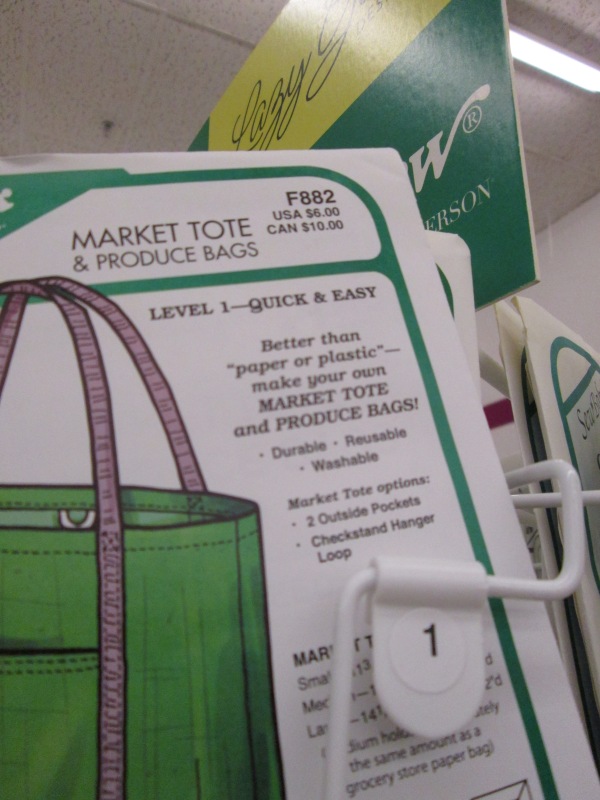
I chose a pattern for a bag that was marked “Level 1” for beginner sewists. You can also look for Simplicity beginner patterns or patterns with a label saying “Yes it’s easy!” or something similar. Next I turned it over to check out the notions and fabric requirements.
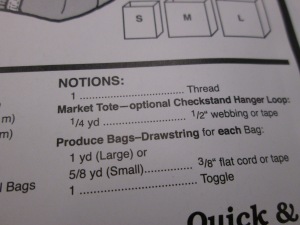
I’m choosing to do the Market Tote, so I ignored the requirement for the Produce Bag and the optional checkstand loop. Other than that, it seems the only notion I need is thread – perfect!
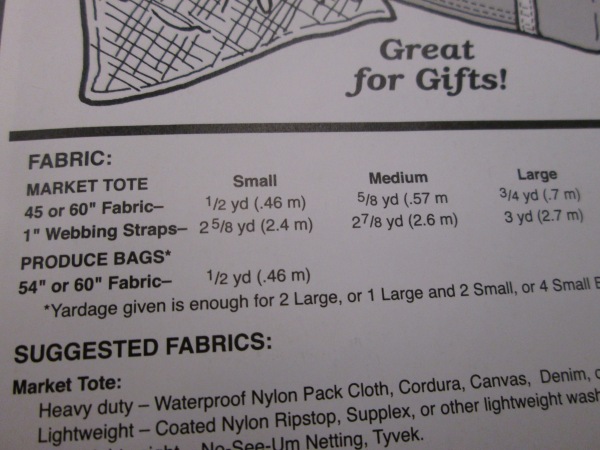
This pattern calls for less than a yard of fabric, so it’s possible I could peruse the remnant rack for an appropriate fabric. It also calls for webbing straps, which can be found in the ribbon section of the store.
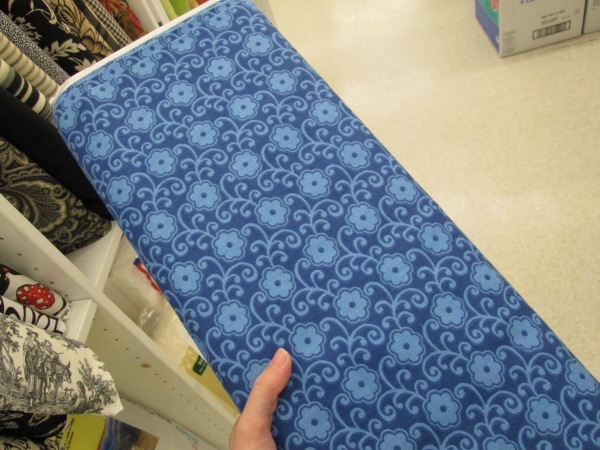
I saw this woven cotton fabric and really wanted to use it, so I forewent the remnant rack and got a cut of this. I decided to do the Medium bag, so I cut 5/8 of a yard.
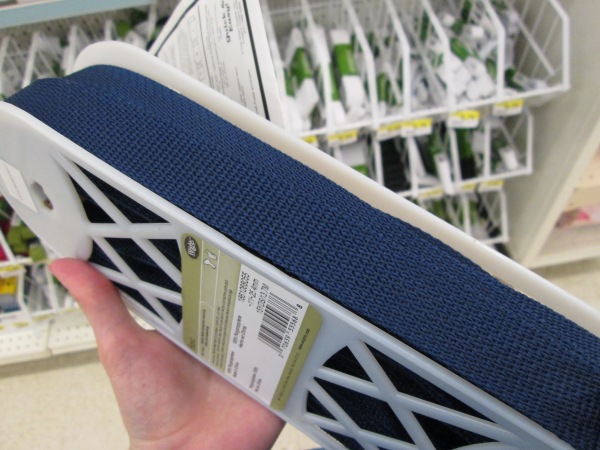
This is a roll of webbing strap (or something close enough to it!) that’s cut by the yard. I actually got a little extra of this because there were 15 inches left after my 2 7/8 yard cut. If you agree to buy that extra portion, the store usually gives it to you at a discount.
I already have dark blue thread, but at this point you should make sure you have a matching thread for your fabric. Nothing worse than getting home all excited about a new craft only to realize you forgot to buy thread!
And that’s all it takes to get started! I walked out of the store with everything I need to make a new bag, and I can’t wait to get started and share the process with you! Next I’ll be demonstrating how to use the sewing pattern to create a bag.
Learni.st – Learn how to sew starting from step one
Pinterest & Twitter – Follow for tips, ideas, and more
Etsy – Shop Sew Me Your Stuff












